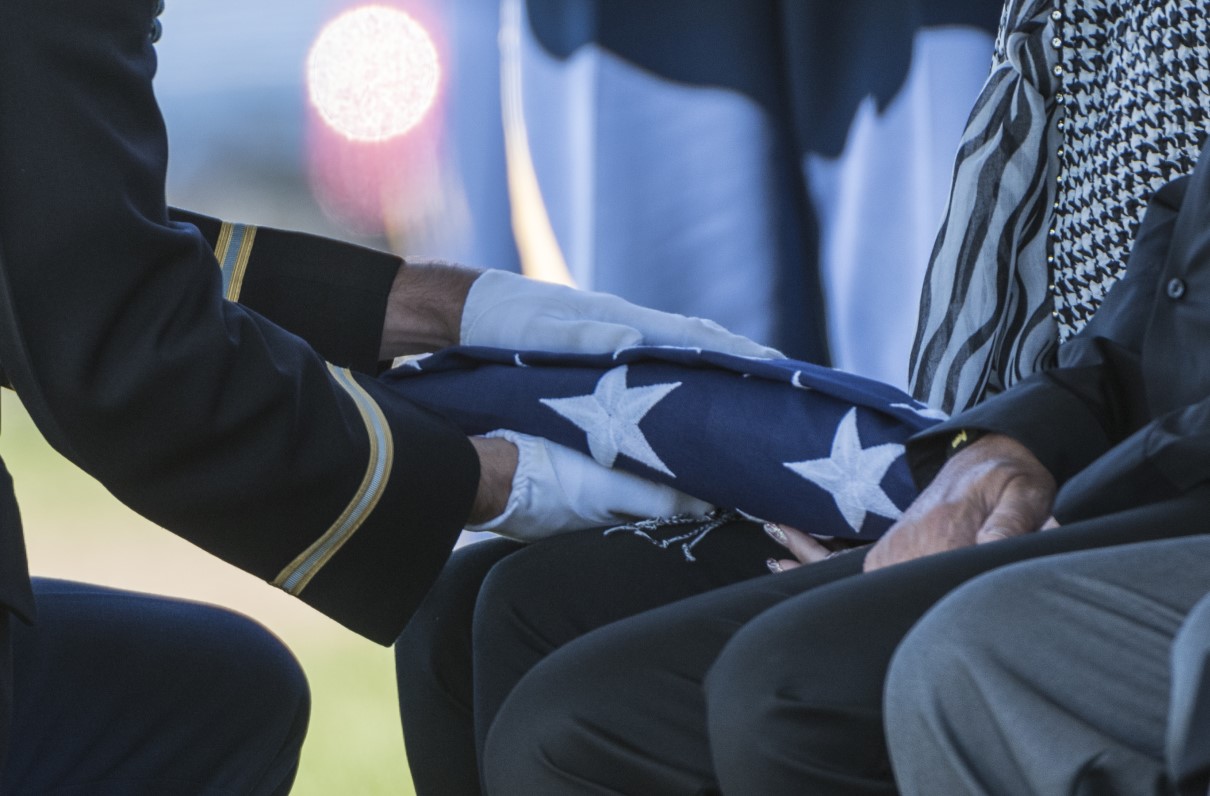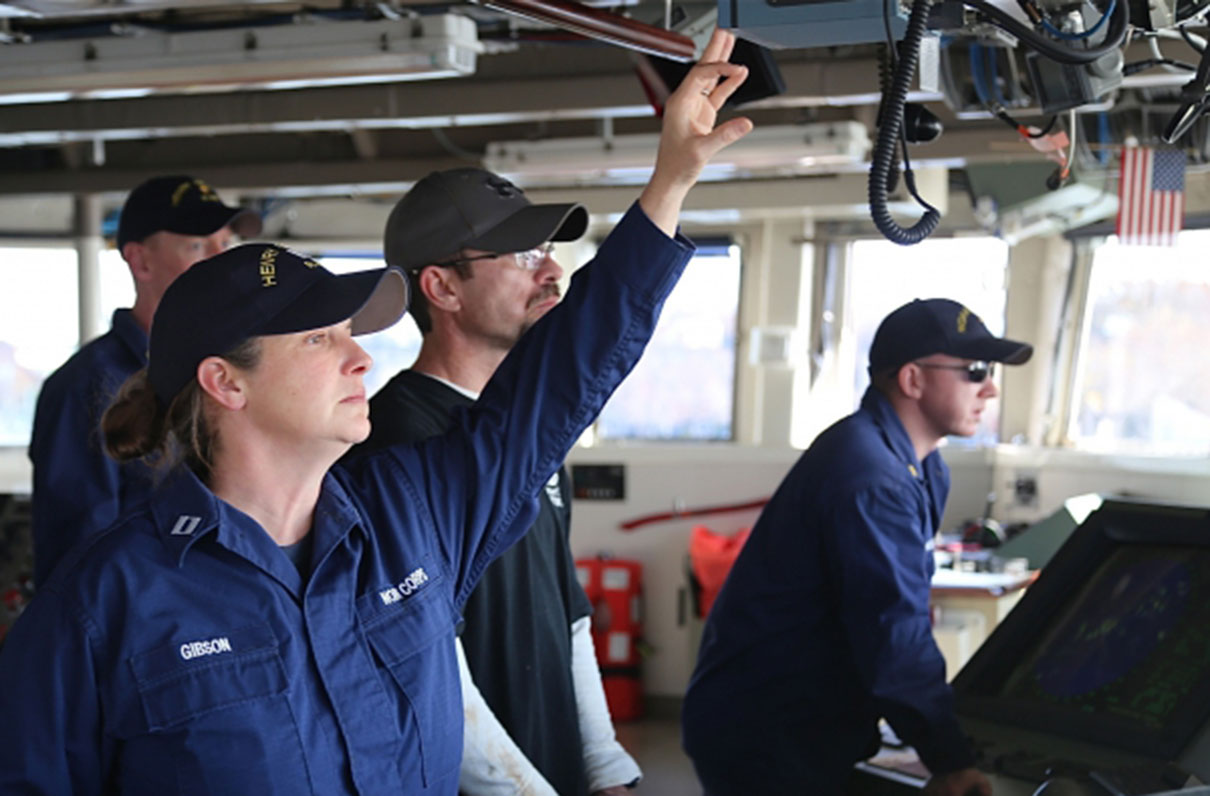By MOAA Staff
Hours before members of the House Armed Services Committee began a marathon Wednesday session debating and voting on additions to the annual defense authorization bill, text of the Senate version of the legislation went online for the first time.
Deliberations in both chambers are far from over, and that doesn’t even factor in the process of aligning the House and Senate version into a compromise bill that can pass both chambers and reach the president’s desk. But the initial wording gives a look at lawmaker priorities and shows where MOAA’s influence, and that of similar advocacy organizations, on behalf of servicemembers and veterans, and their families, has been heard … and where more work may be needed.
Here are 6 things to monitor as the process continues.
1. A pay raise win. Summaries from leaders of both the House and Senate Armed Services Committees pledge that their final legislation will include a 3.1% military pay raise, which would align with the administration’s FY 2020 budget request and with MOAA efforts to sustain pay comparability with the private sector. While nothing’s settled until passage, this appears to be one of few issues that won’t be affected by ongoing debate – a key House member said as much at a recent news event.
2. Halfway on health care? While House Armed Services Committee (HASC) members included language that would put a stop to a proposal to cut up to 18,000 medical billets, the Senate Armed Services Committee (SASC) has not. House committee members shared MOAA’s concerns about the potential consequences of cutting roughly 20 percent of the military’s medical force. They included language requiring DoD to study the issue further and report back to Congress.
[SEND A LETTER: Tell Your Lawmakers to Protect Military Medicine]
3. TRICARE: No news might be good news. Neither piece of legislation includes discussions on raising TRICARE fees or creating new ones. Last year, the authorization act did include such language until late in the process, when it was removed after a campaign by MOAA and other veteran and military advocacy groups.
4. Help for military families in privatized housing. Both bills contain provisions to establish a “Tenant Bill of Rights” to ensure military families living in privatized military housing have a safe, maintained home. The wording differs, but both chambers include a provision backed by MOAA and other military advocates that would allow for the withholding of rent payments in a dispute between tenant and property manager. Learn more about MOAA’s work on this issue here.
5. More help for families. MOAA has monitored discussions about water-safety efforts on military installations, and both chambers address one of the key contributors to the problem – firefighting foam that can have lasting effects on an area’s water supply. Again, the focus differs: Senate leaders said in an executive summary that their bill will prevent DoD from buying foam that includes some of the more dangerous substances after Oct. 1, 2022, while the House bill will limit the release of fluorinated firefighting foam “except in cases of emergency response” or limited training efforts, per a summary. MOAA has been monitoring these measures as part of the military construction budgeting process.
6. The bottom line. The Senate version includes $750 billion for defense, in line with the administration’s request. The House version includes $733 billion, a number that Rep. Adam Smith, D-Wash., HASC committee chairman, has pledged will stay put. That $17 billion gap may become the focus of compromise negotiations; MOAA will work to ensure programs that benefit servicemembers and retirees, and their families, won’t be put at risk as part of negotiations surrounding those figures.



